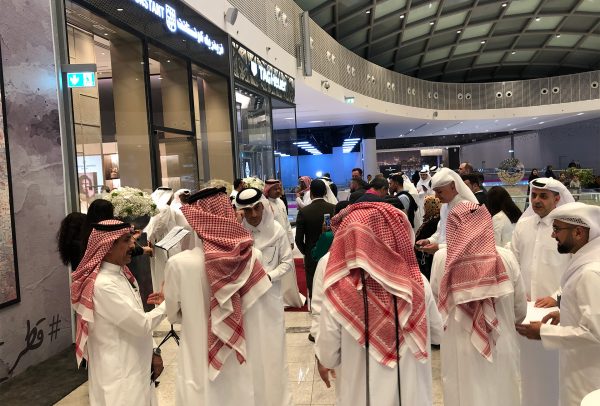“Exports are just inventory movement and inventory can pass through several countries, even come back to Switzerland, which is why export figures tell us nothing about market performance.” Thierry Huron knows what he’s talking about: after starting out at market research company Nielsen, he spent 24 years with LVMH, first in the Wines & Spirits sector then at TAG Heuer as a specialist in business intelligence. This experience and his competencies stood him in good stead when in 2016 he set up The Mercury Project. Using targeted data from sources on the ground, the company generates a sell-out index – actual sales to end customers – for nine markets for the watch and jewellery industry. Figures cover some 80% of the global Swiss watch market and are of interest to decision-makers at the most senior level.
Lack of visibility
It’s a well-known and oft-commented fact: the Swiss watch industry is cruelly lacking in visibility. Its scorecard shows only export figures, published monthly by the Federation of the Swiss Watch Industry (FH) which in turn relies on data supplied by the Federal Customs Administration. The situation has arisen out of the sector’s deep-seated secretiveness: not a single company publishes turnover, sales, not even the exact size of its workforce. At best, and only in recent years, a brand might indicate production volume – but these are always ballpark figures and often for marketing purposes. Consequence: the Swiss watch industry is always foot to the floor, whether that’s the gas pedal or the brake.
“It’s a system that worked well,” says Thierry Huron. “At TAG Heuer, we even used to compare our data with that of the FH to deduce market share per segment. Except that there have been huge changes to distribution.” For one, vertical integration and the subsequent opening of monobrand stores has reshuffled the deck, with certain brands tempted to boost sell-in by overstocking their own-name boutiques. There is, however, another factor casting doubt on the pertinence of export figures and that is shorter economic cycles. Export data is a useful indicator when markets are strong; less so when the machine starts turning more slowly, or not at all. The ongoing coronavirus crisis is an albeit extreme but telling illustration. Thierry Huron is adamant: “We can no longer base business models on exports!”
Official numbers
The question being, where to find information on sell-out? Companies such as GfK ConsumerPanel in Europe or NPD in the United States gather data through surveys of panels of selected retailers. But, says Thierry Huron, there was no equivalent in Switzerland. As he found out, the country’s office for national statistics provides information on retail sales but no specific figures for watches and jewellery – a category mixed in with other luxury goods such as leather bags, shoes or ready-to-wear. “This got me thinking about what other countries were doing and bingo!”. The US, Hong Kong, China, the UK, Singapore, Germany, Macao and France all produce detailed monthly figures. Huron has added sales in the duty free & travel retail network, “thanks to a partner company. In total, figures cover 80% of the global market.”

It took several years for The Mercury Project to come up with the index. Information is from official bodies and publicly available, but locating the relevant numbers means wading through entire systems. “It’s all in the language of the country,” adds the independent entrepreneur, “so a lot of the time I have to go through a translator to find what I’m looking for.” With sometimes surprising results: in March 2020, for example, the FH announced a 10.5% year-on-year increase in shipments to China when actual sales had fallen by 30.1%. Again in March, in Hong Kong, exports contracted by 41.3% while sell-out plummeted by 74.3%. These trends were confirmed in April with a 16.1% and 83.2% drop respectively.

For each market, The Mercury Project compiles data from independent retailers, monobrand stores and specialist chains, including online sales, into a monthly report, similar to the one published by the FH. “People could consult the reports for free, then in June we introduced a subscription service,” says Thierry Huron, who promises more to come: “I’ll be adding new markets, such as Russia. I’m also working on a composite index that will give an idea of the watch and jewellery market worldwide.” Watch this space.














